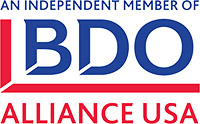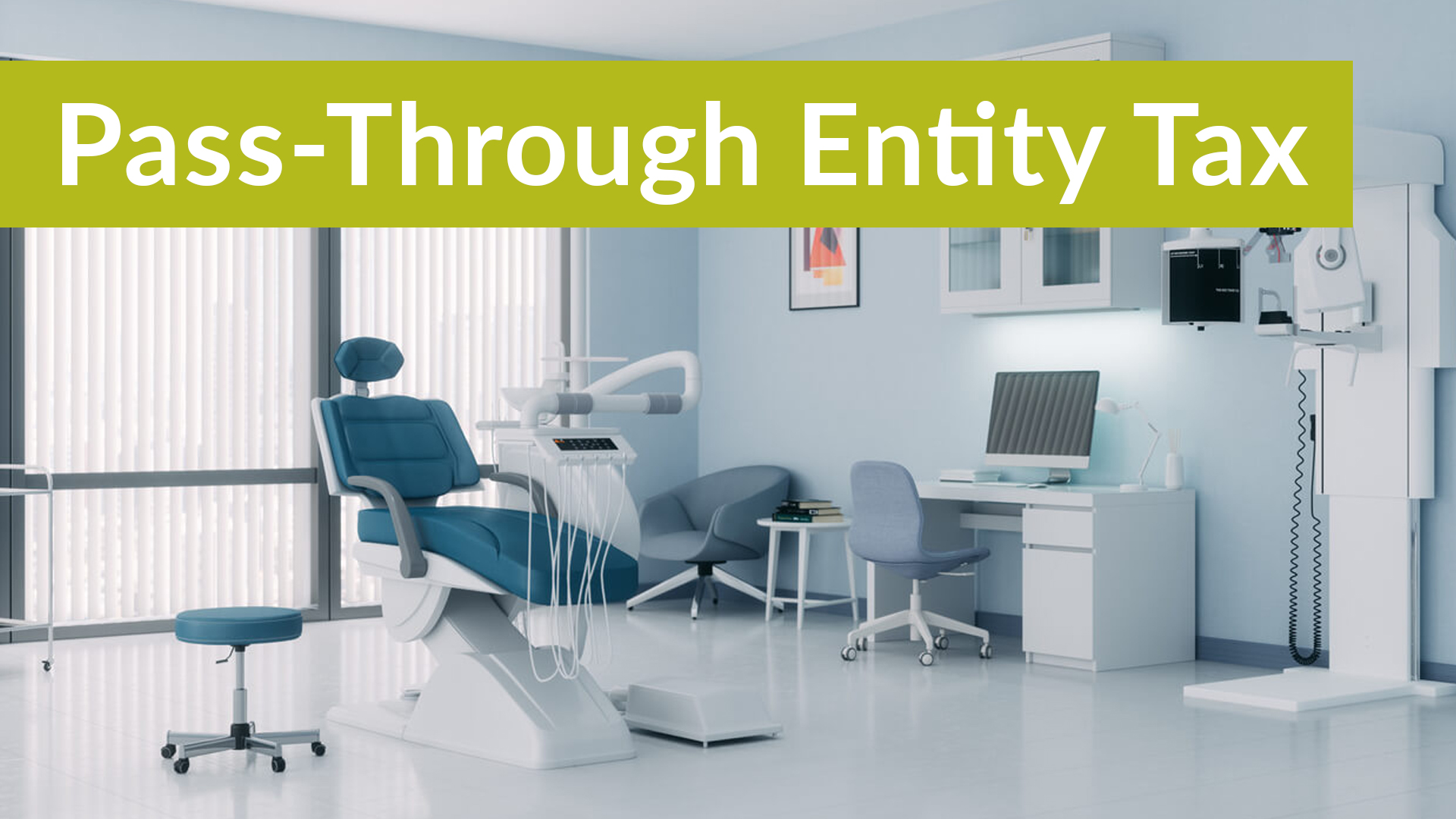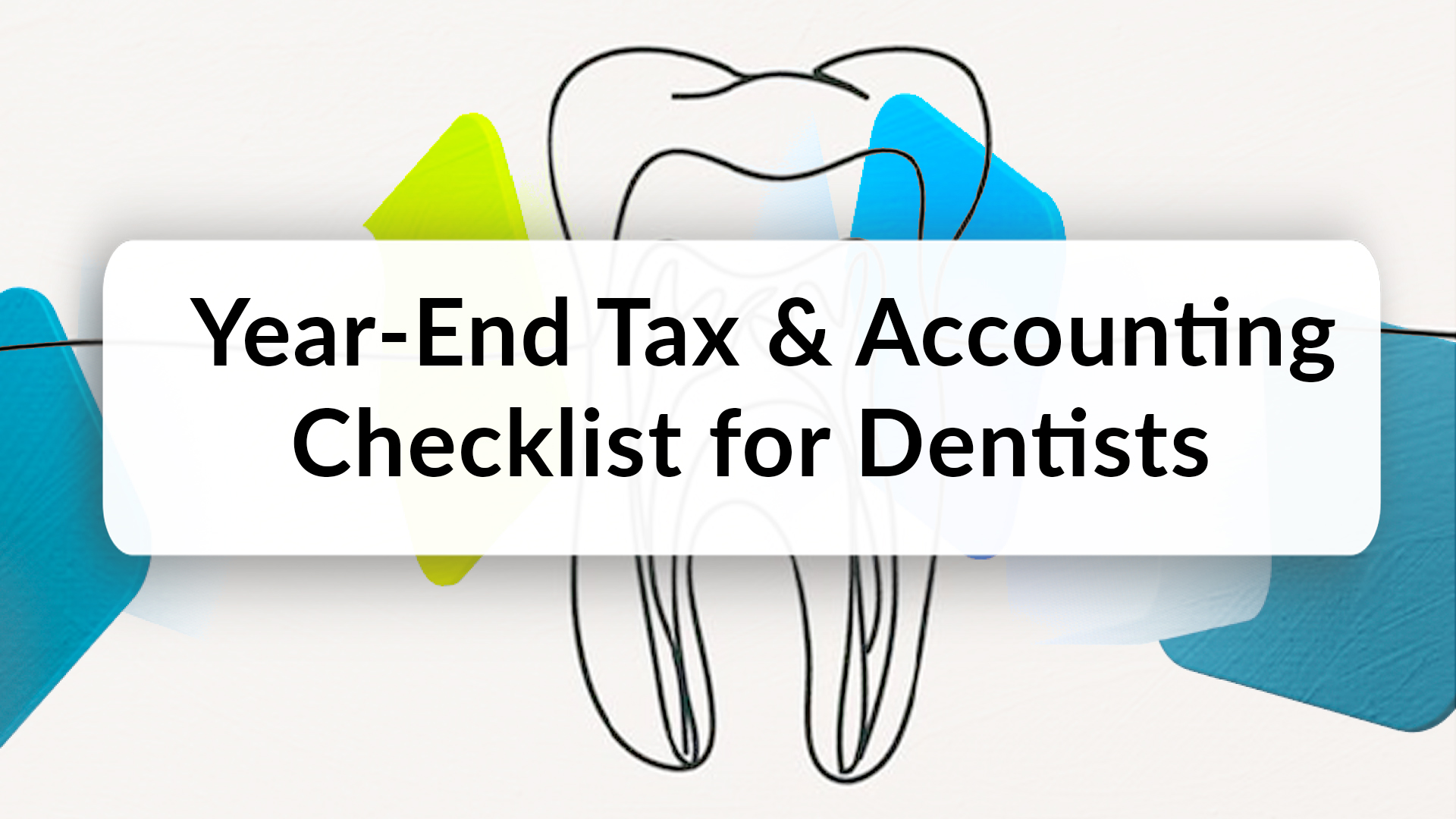Streamlining Production Costs with Efficient Accounting Practices: A Must in Today’s Market
In today’s competitive landscape, trimming the fat off production costs isn’t just smart; it’s crucial. The trick is in the details, and efficient accounting practices are where it all begins.
The Role of Accurate Cost Tracking
It’s like keeping an eagle eye on every dime and nickel. Accurate cost tracking ensures you know where your money’s going, and more importantly, why it’s going there.
Cutting Costs Without Cutting Corners
- Thorough Expense Assessment: Begin by scrutinizing all production-related expenses. Identify costs such as raw materials, labor, equipment, and overhead and ensure that they are correctly categorized in your general ledger. This lays the foundation for a detailed budget.
- Historical Data Analysis: Examine past financial records to identify patterns and trends in production costs. Historical data provides valuable insights, enabling you to make informed predictions for future expenses.
- Create a Realistic Budget: Develop a comprehensive budget that aligns with your production goals. Factor in fixed and variable costs, allowing for flexibility to accommodate unexpected expenses or market fluctuations.
- Cost-Benefit Analysis: Prioritize expenses based on their impact on production efficiency and quality. Evaluate the cost-effectiveness of each expenditure to ensure optimal resource allocation.
- Implement Cost Controls: Set spending limits for different cost categories and establish approval processes for exceeding these limits. Implementing controls helps prevent overspending and keeps the budget on track.
- Regular Monitoring and Adjustments: Consistently monitor actual expenses against the budget. If variations occur, promptly identify the reasons and make necessary adjustments to prevent budget overruns.
Embracing Technology in Accounting

Don’t get left behind! Embrace technology and watch as your accounting practices shift from a chore to a charm.
Automation: Your New Best Friend
- Technology for Tracking: Leverage accounting software and other technological tools to streamline budget management. Automation can enhance accuracy, reduce errors, and provide real-time insights into your financial landscape.
- Time-Saving: Let technology handle the grunt work, so you can focus on the big picture.
- Error Reduction: Human error? More like human rare, thanks to automation.
The Power of Predictive Analytics
Imagine if you could see into the future. With predictive analytics, you’re as close as it gets.
Forecasting for Better Budgeting
- Cost Predictions: Forecasting helps you brace for future costs.
- Strategic Decisions: Make decisions today that pay off tomorrow.
Reducing Waste: Every Penny Counts
In the world of production, waste is the invisible enemy. Efficient accounting practices help you spot and stop it.
Streamlining Inventory Management

Overstocked? Understocked? Get it just right with streamlined inventory management.
Just-In-Time Inventory: A Lean Approach
- Reduced Storage Costs: Less inventory means less money tied up in storage.
- Lower Waste: Reduce waste by avoiding overstocking.
Cost Allocation: The Key to Transparency
Cost allocation isn’t just splitting bills; it’s about gaining clarity on where your funds are flowing.
Accurate Product Costing
Knowing the true cost of your products is like having a map in uncharted territory.
Better Pricing Strategies
- Competitive Pricing: Know your costs, set your prices right.
- Improved Profit Margins: No more guesswork means better margins.
Supplier Relationship Management

Your suppliers aren’t just vendors; they’re partners in your journey. Manage these relationships wisely.
Negotiating Better Terms
Regularly review and negotiate contracts with suppliers to secure favorable terms. Building strong relationships with suppliers can result in cost savings, contributing to overall budget efficiency.
- Consistent Quality: Reliable suppliers mean consistent quality.
- Cost Savings: Good relationships can lead to cost savings.
Employee Training: An Often Overlooked Aspect

Your team can make or break your cost-saving strategies. Train them well.
The Impact of Skilled Employees
Skilled employees are like well-oiled machines – efficient and effective. Educate your team on the importance of cost management. Foster a culture of financial responsibility, where employees are mindful of the impact their decisions have on production costs.
The Ripple Effect of Training
- Improved Efficiency: Skilled employees do more, and they do it better.
- Cost Reduction: Fewer mistakes mean fewer costs.
FAQs
- How does accurate cost tracking help in reducing production costs?
- It highlights areas of unnecessary spending, paving the way for targeted cost-cutting strategies.
- Can technology in accounting really make a difference in cost management?
- Absolutely! Automation and analytics provide insights and efficiencies that manual methods can’t match.
- Is predictive analytics reliable for budget planning?
- Yes, it uses historical data to make informed forecasts, making it a reliable tool for budget planning.
- Why is inventory management crucial in cost reduction?
- Proper inventory management prevents overstocking and understocking, both of which can incur unnecessary costs.
- How can supplier relationships impact production costs?
- Good supplier relationships can lead to better pricing, quality, and reliability, all of which affect production costs.
- What role do employees play in managing production costs?
- Well-trained employees work more efficiently and make fewer costly mistakes.
Conclusion
Streamlining production costs isn’t a one-time fix; it’s an ongoing journey. With efficient accounting policies and practices, you’re not just saving money; you’re setting the stage for sustainable growth. It’s about spending smart, not just spending less. Remember, a penny saved is a penny earned. So, let’s start saving, shall we?





